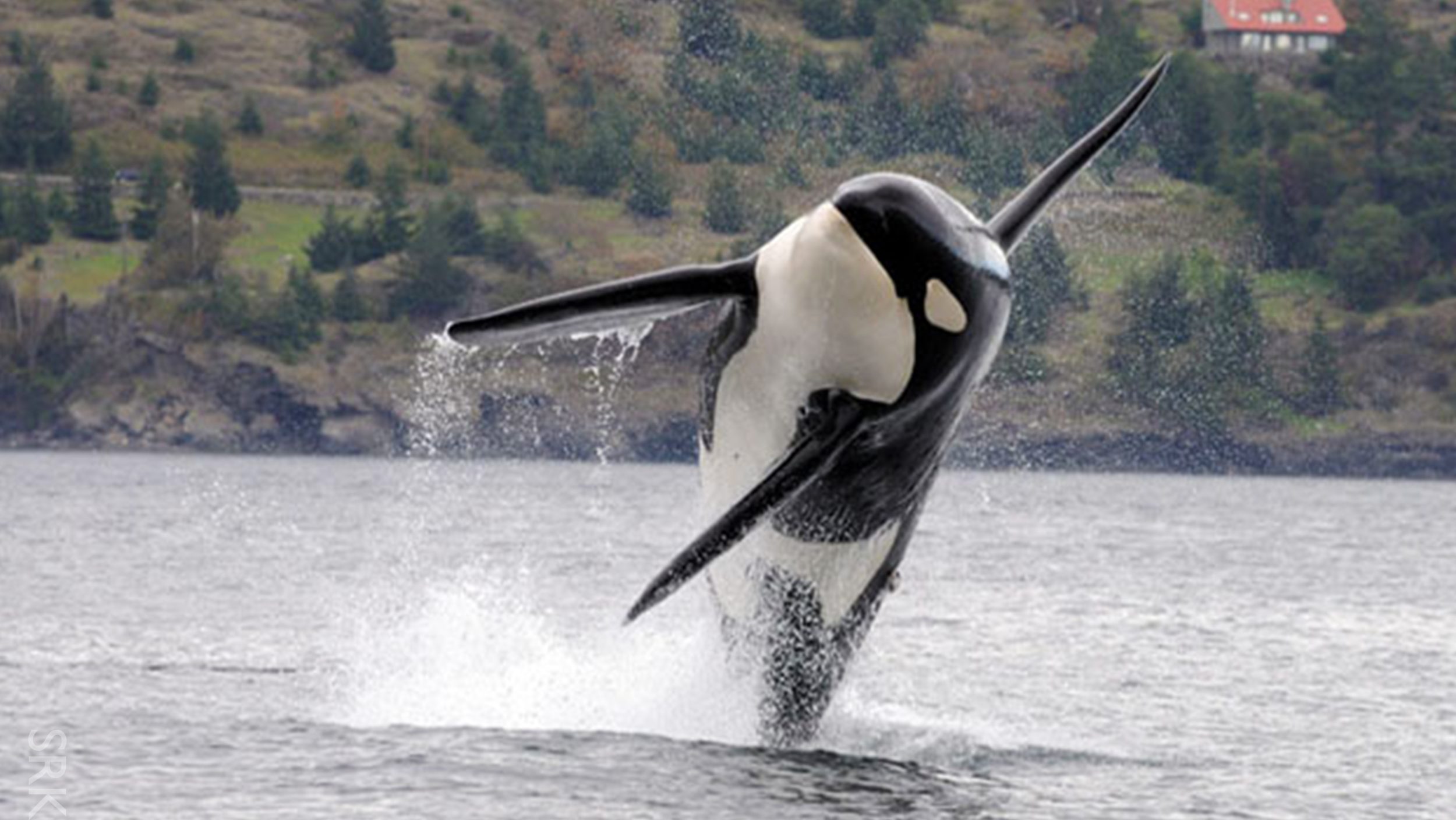On July 6, CLC joined a coalition of environmental organizations to send a letter urging the National Marine Fisheries Service to take immediate action to conserve the endangered Southern Resident population of killer whales. After several drastic declines, only approximately 81 of these animals remain in the wild. Recent government research reveals that a variety of human activities threaten the killer whales year-round, but only the population’s summer habitat in Puget Sound currently receives federal protection.
Alexis Andiman, a graduate fellow attorney at CLC, began seeking expanded federal protection for endangered killer whales in 2013, while working as an oceans fellow with the Center for Biological Diversity in San Francisco. “Killer whales live in the Pacific Ocean, but they’re beloved by people across the country,” Andiman said. “If we want these amazing animals to survive for future generations, we need to work together to protect their essential habitat now.”
The Fisheries Service has acknowledged that additional oversight is required, but insists that it cannot gather the information necessary to expand the killer whales’ designated “critical habitat” until at least 2017. Conservationists counter that the government — which has spent over $11 million researching the whales since 2003 — already possesses ample data to protect the population’s winter range, including waters off the coasts of Washington, Oregon, and California. The July 6 letter encourages the Service to conserve all inhabited waters without delay.
“While NMFS analyzes data, human activities will continue to threaten these killer whales by reducing salmon numbers, releasing toxic pollution, and generating deafening underwater noise,” Andiman said. “By the time the agency’s research is complete, there might not be as many killer whales left to protect.”
Critical habitat designations prevent the federal government from undertaking or approving activities that reduce an area’s ability to support an endangered species. Studies show that species with designated critical habitat are more than twice as likely to exhibit improving population trends than those without this additional protection.


